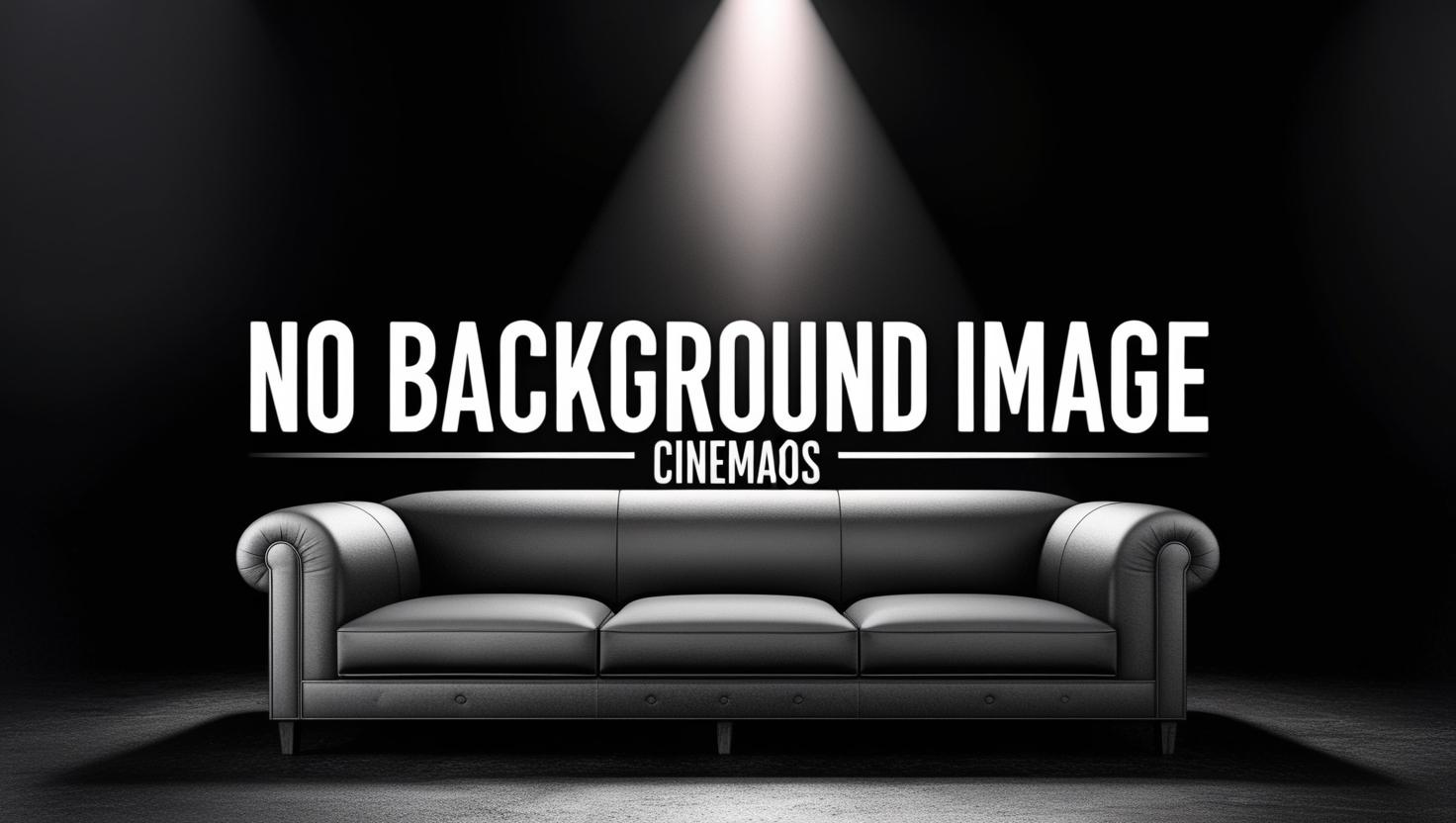
Behind the Burning Cross: Racism USA
1991
0h 27m
0.0(0 votes)
Documentary
Overview
A key overview of twentieth-century American fascism and antifascism produced in 1991 by the John Brown Anti-Klan Committee.

A key overview of twentieth-century American fascism and antifascism produced in 1991 by the John Brown Anti-Klan Committee.